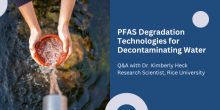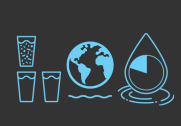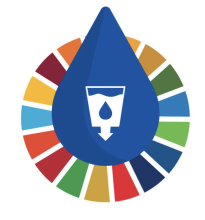In-situ monitoring for the role of dye structure on electrochemical decolorization
The widespread use of synthetic dyes has led to the release of substantial amounts of dye-contaminated wastewater, posing significant environmental and health concerns. This study focuses on the use of anodic and electrochemically activated persulfate oxidation for the degradation of organic contaminants. Specifically, the structural variations of nine dyes in the indigoid and azo families, and their impact on the efficiency of electrochemical oxidation were analyzed. An in situ continuous monitoring apparatus with a UV-visible detector was employed to collect data in real-time.



